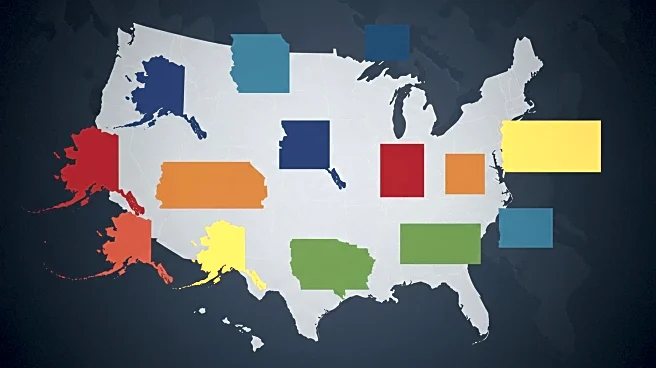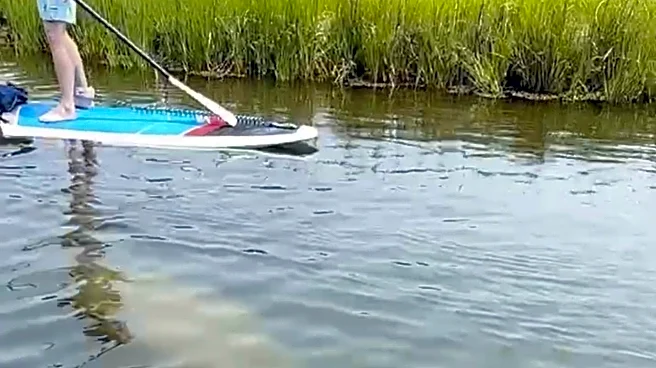What's Happening?
The New England Wildlife Center (NEWC) responded to a call about a young Eastern screech owl found on the side of a busy road in Harwich, Massachusetts. The owl was disoriented and unable to fly, prompting concerns from rescuers. Upon examination, the owl exhibited anisocoria, a condition where one pupil is larger than the other, often seen in head trauma cases. This condition suggested the owl had been hit by a car during its first solo flight. The NEWC team provided medical care, including fluids and anti-inflammatory medication, allowing the owl to recover. After a week of care, the owl regained its ability to fly and was successfully released back into the wild.
Why It's Important?
This rescue highlights the importance of wildlife rehabilitation centers in addressing animal welfare and conservation. The successful recovery and release of the owl demonstrate the effectiveness of medical intervention in wildlife rescue operations. It also raises awareness about the dangers young animals face when learning to navigate their environments, particularly in areas with human activity. The story underscores the role of organizations like NEWC in preserving biodiversity and educating the public about wildlife protection.
What's Next?
The owl's release marks a positive outcome for the rescue operation, but it also emphasizes the need for continued vigilance in monitoring wildlife in urban areas. NEWC and similar organizations may increase efforts to educate the public on how to assist injured wildlife and prevent accidents. The case may inspire further research into the impacts of urbanization on wildlife and the development of strategies to mitigate risks for animals living near human populations.












